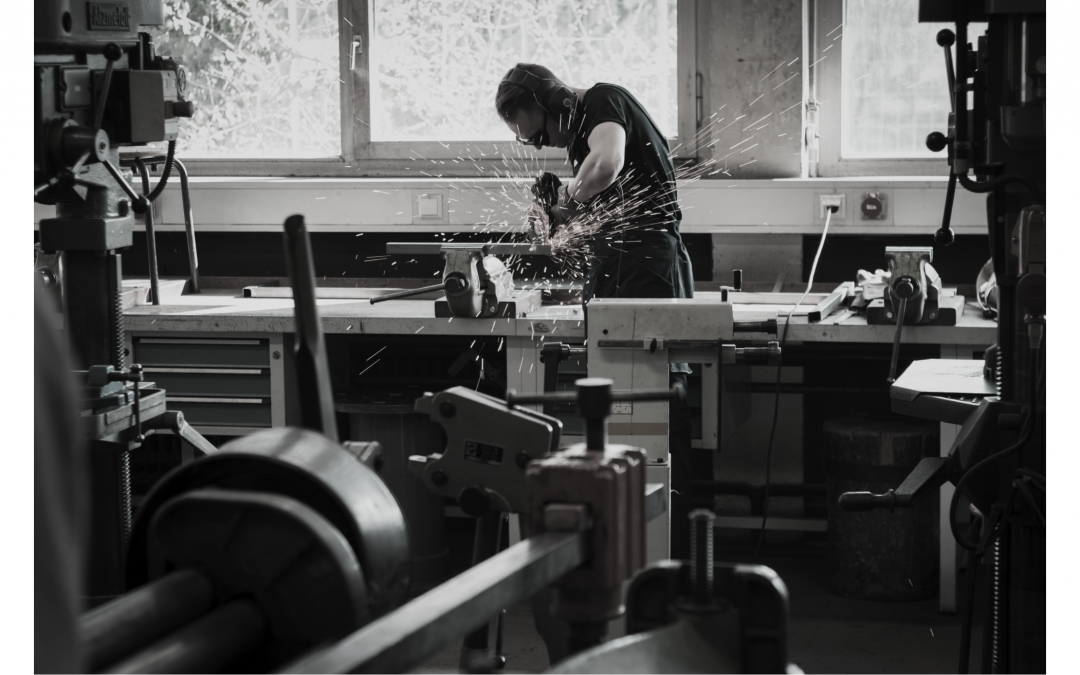1. Controlling Hazardous Substance Exposure by Minimising Release and Spread
In an ideal world, no substance with the potential to cause harm would ever be used in workplace environments. However, in some situations there is no choice but to do so. In these circumstances, appropriate control measures must be introduced to mitigate risk.
Controlling Hazardous Substance Exposure
The most effective way of controlling hazardous substance exposure is to remove it at source. An additional benefit of using this method is that it is usually much cheaper than alternative methods that remove the substance after its release.
Firstly, your business needs to identify the main sources of exposure. A competent person should observe the working practices that lead to the emission and release of hazardous substances before examining them in detail. They should then assess the overall level of risk.
Following analysis, it may be necessary to implement systems in order for effective control of hazardous substances to be achieved. This should be at the source of release wherever possible. However, it is often possible to simply change existing processes without a significant cost being incurred.
By minimising emission levels at source, you will be able to take additional steps in controlling hazardous substance exposure. For example, a contractor could build a bespoke enclosure around the area of concern. This should be large enough to cope with the processes involved, and the speed of the substance’s release. It may be necessary to install a Local Exhaust Ventilation (LEV) system, but this must be well designed to prevent escape of the contaminant into the workplace.
What are LEV Systems?
LEV systems consist of an ‘air mover’ (usually a fan), an air-cleaner, ductwork, and inlet hoods (or similar). However, it is easy to overlook the design and fitting of LEV systems; competent, professional ventilation engineers will need to carry this out. The capture hood is the most important part of the LEV system. For example, the fan can be the most powerful in the world, the filter and dust collection bin the best on the market, the ductwork made of the best material and angled correctly. One must ensure the hood size, shape and position is appropriate so that the LEV passes compliance. For example, if the process throws out dust at high speed a small ‘captor’ type hood will not work properly. Workers must be able to easily use the LEV systems correctly; this emphasises the importance of design.
Exposure to Others
Although you may have systems in place to protect those directly involved with hazardous substances, it is important to recognise that people working in close proximity – or visiting the area – may be significantly exposed to contaminants. For example, you need to think about maintenance workers, cleaners and contractors, who may be at incidental risk. In such cases, the environment and timing of activities may need consideration.
Design of Control Procedures
The design of your control procedures is crucial to their effectiveness; you need to include clear and easy-to-understand working methods. It is necessary to minimise the number of people exposed to the substance.
For example, an object may require spraying with a particularly hazardous coating as an unusual occurrence. If LEV is not available or practical, you may need to think creatively to find a practical, realistic way of minimising the number of people exposed. For example, you may want to consider using the factory area out of normal hours to spray the object. Remember to combine these solutions with other control measures in order to ensure adequate dispersal of hazardous vapours. Within the procedures, create contingency plans for situations in which control measures fail and for emergencies where exposure may occur.
Ultimately, if your control measures fail, exposure levels increase and adequate control of hazardous substances is not achieved.
Our Approach
Get in touch with Workplace Exposure, either give us a call on 0800 689 4386, or fill in our enquiry form to discuss your monitoring or consultancy requirements
We’ll then provide you with a no obligation proposal, we can often give an initial idea of fees whilst we discuss your needs.
Once you’ve accepted our proposal we can then schedule the work.
Following our site visit we’ll provide you with a comprehensive report giving you advice, recommendations and control measures where appropriate.
Implement the outcomes for compliance and a happier healthier workplace.
